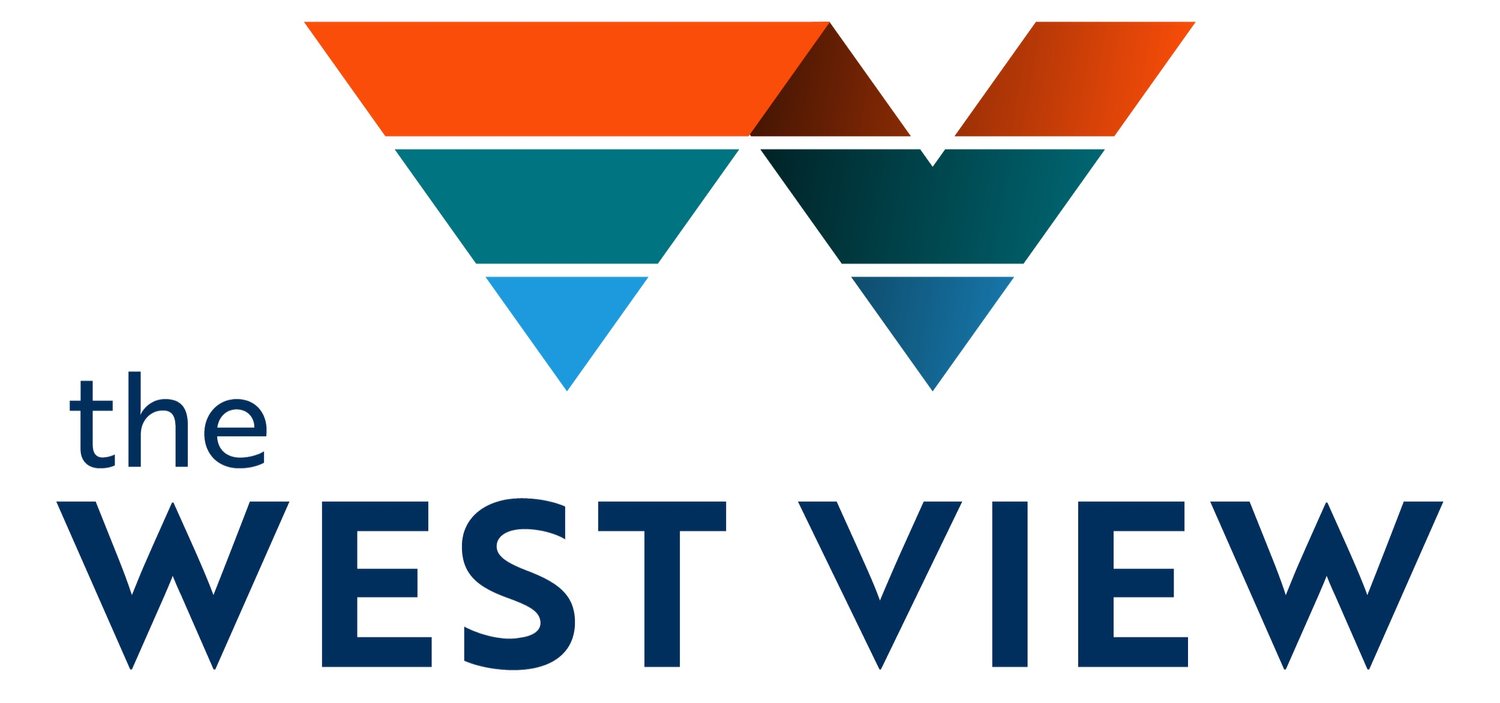Op-Ed: Community Land Trusts are the future of affordable housing
U of U grad student Ryan Hunter argues that community land trusts can help solve Salt Lake City’s housing crisis by expanding access to home ownership.
Sign up to read this post
Join Now
